|
|
|
HOME
|
US Navy -
ships
|
US Navy - air
units
|
USMC - air
units
|
International
Navies
|
Weapon Systems
|
Special Reports |
|
Surface Vessel Weapon System RIM-66 Standard Missile MR SM-1MR / SM-2MR |
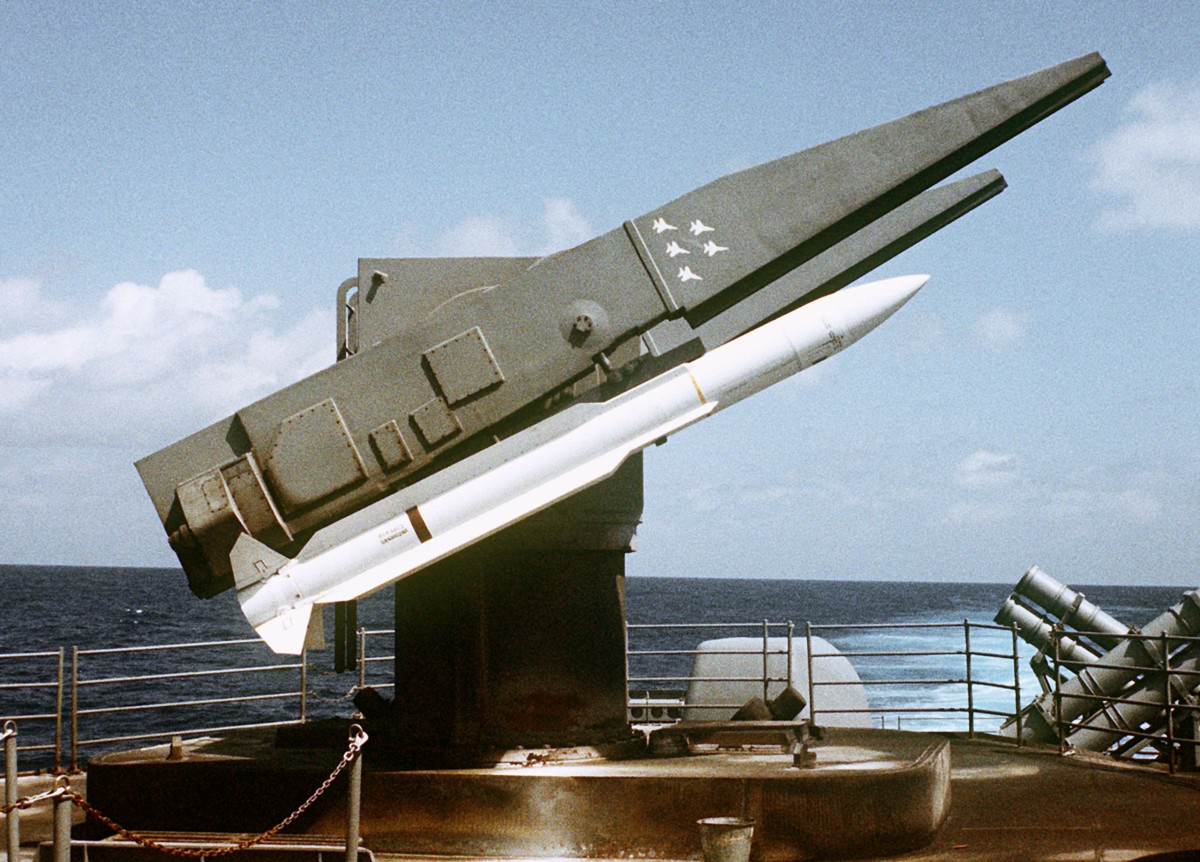 |
|
The RIM-66 Standard MR (SM-1MR/SM-2MR) is a medium range
surface-to-air missile (SAM) originally developed for the United
States Navy (USN). The SM-1 was developed as a replacement for the
RIM-2 Terrier and
RIM-24 Tartar deployed in the 1950s on a variety of USN
ships. The
RIM-67 Standard (SM-1ER/SM-2ER), is an extended range
version of this missile with a booster stage. The Standard missile program was started in 1963 to produce a family of missiles to replace existing guided missiles used by the Terrier, Talos, and Tartar guided missile launch systems. The intention was to produce a new generation of guided missiles that could be retrofit to existing guided missile systems. Standard Missile 1: The RIM-66A is the medium ranged version of the Standard missile and was initially developed as a replacement for the earlier RIM-24C as part of the Mk74 "Tartar" Guided Missile Fire Control System. It used the same fuselage as the earlier Tartar missile, for easier use with existing launchers and magazines for that system. The RIM-66A/B is a semi-active radar homing missile like the earlier RIM-24C, but with many improvements that make it more capable than its predecessor. The RIM-66A/B Standard MR, (SM-1MR Block I to V) was used during the Vietnam War. The only remaining version in service is the RIM-66E (SM-1MR Block VI). While no longer in service with the USN, the missile is still in service with Tartar Guided Missile Fire Control System equipped vessels, Mk 92 Guided Missile Fire Control System equipped vessels, and other compatible systems in many navies. Standard Missile 2: The RIM-66C/D Standard MR (SM-2MR Block I), was developed in the 1970s and was a key part of the Aegis combat system and New Threat Upgrade (NTU). The SM-2MR introduced inertial and command mid-course guidance. The missile's autopilot is programmed to fly the most efficient path to the target and can receive course corrections from the ground. Target illumination for semi-active homing is needed only for a few seconds in the terminal phase of the interception. This capability enables the Aegis combat system and the New Threat Upgrade equipped vessels to time share illumination radars, greatly increasing the number of targets that can be engaged at one time. In the middle 1980s, the SM-2MR was deployed via Mk-41 Vertical Launch System (VLS) aboard the USS Bunker Hill, the first U.S. Navy ship to deploy a vertical launcher. VLS has, since 2003, been the only launcher used for the Standard missile in the U.S. Navy aboard Ticonderoga-class cruisers and Arleigh Burke-class destroyers. The Standard can also be used against ships, either at line-of-sight range using its semi-active homing mode, or over the horizon using inertial guidance and terminal infrared homing. Contractors: Standard missiles were constructed by General Dynamics Pomona Division until 1992, when it became part of the Hughes Missile Systems Company. Hughes formed a joint venture with Raytheon called Standard Missile Company (SMCo). Hughes Missile Systems was eventually sold to Raytheon making it the sole contractor. Operational history: The Standard missile one became operational in 1968. The missile was utilized by ships equipped with the Tartar Guided Missile Fire Control System. The missile saw its first combat use in the early 1970s in the Vietnam war. The Standard missile two became operational in the late 1970s and was deployed operationally with the Aegis Combat System in 1983. Both Standard one and two were used against both surface and air targets during Operation Praying Mantis. On July 3, 1988, USS Vincennes (CG-49) shot down Iran Air Flight 655, an Airbus A300B2, using two SM-2MR missiles from her forward launcher. Variants: RIM-66A / SM-1MR Block I to IV RIM-66B / SM-1MR Block V RIM-66C / SM-2MR Block I RIM-66D / SM-2MR Block I RIM-66E / SM-1MR Blocks VI, VIA, VIB RIM-66G / SM-2MR Block II RIM-66H / SM-2MR Block II RIM-66J / SM-2MR Block II RIM-66K-1 / SM-2MR Block III RIM-66K-2 / SM-2MR Block IIIA RIM-66L-1 /SM-2MR Block III RIM-66L-2 / SM-2MR Block IIIA RIM-66M-1 / SM-2MR Block III RIM-66M-2 / SM-2MR Block IIIA RIM-66M-5 / SM-2MR Block IIIB SM-1 Medium Range Block I/II/III/IV, RIM-66A: The First Standard missiles entered service in the USN in 1967. Blocks I, II, and III were preliminary versions. Block IV was the production version. This missile was a replacement for the earlier RIM-24C Tartar missile. SM-1 Medium Range Block V, RIM-66B: The RIM-66B introduced changes that resulted in higher reliability. A new faster reacting autopilot, a more powerful dual thrust rocket motor, and a new warhead were added. Many RIM-66A missiles were re-manufactured into RIM-66B. SM-1 Medium Range Blocks VI/VIA/VIB, RIM-66E: The RIM-66E was the last version of the standard missile one medium range. This version entered service in 1983 with the United States Navy and export customers. The RIM-66E was used by all remaining Tartar vessels that were not modified to use the New Threat Upgrade and Oliver Hazard Perry class frigates which controlled it with the Mk92 fire control system. The missile was retired from USN service in 2003; however it is still widely used abroad and is expected to remain viable until 2020. SM-2 Medium Range Block I, RIM-66C/D: The RIM-66C was the first version of the Standard missile two. The missile became operational in 1978 with the Aegis combat system fitted to the Ticonderoga class cruiser. The RIM-66D was the SM-2 medium range block I version for the New Threat Upgrade. The SM-2 incorporates a new autopilot giving it inertial guidance in all phases of flight except for the terminal intercept where semi-active radar homing is still used. This version is no longer in service, remaining missiles have either been remanufactured into later models or have been put in storage. SM-2 Medium Range Block II, RIM-66G/H/J: The Block II missile introduced in 1983 with a new rocket motor for longer range and a new warhead. The RIM-66G is for the Aegis combat system and the Mk26 missile launcher. The RIM-66H is for Aegis and the Mk41 vertical launcher. The RIM-66J is the version for the New Threat Upgrade. Block II missiles are no longer manufactured, and have been withdrawn from service. The remainder have either been put in storage, or remanufactured into later models. SM-2 Medium Range Block III/IIIA/IIIB, RIM-66K/L/M: The RIM-66M is the version of the Standard missile two medium range (SM-2MR) currently in service with the USN aboard Ticonderoga class cruisers, and Arleigh Burke class destroyers. The missile is specifically designed for the Aegis Combat System and the Mk41 Vertical launch system. The Block III missiles differ from earlier blocks by the addition of the MK 45 MOD 9 target detecting device, for improved performance against low altitude targets. The Block IIIB missile additionally has a dual semi-active/infrared seeker for terminal homing. The dual seeker is intended for use in high-ECM environments, against targets over the horizon or with a small radar cross section. The seeker was originally developed for the canceled AIM-7R Sparrow air-to-air missile. All USN Block III and IIIA missiles are to be upgraded to Block IIIB. Block IIIA missiles are operated by the Japanese Maritime Self-Defense Force on its Kongo class and Atago class Aegis destroyers. Aegis equipped vessels in the Spanish and South Korean navies use it as well. The Dutch and German Navies have added it to the Anti-Air Warfare system, which uses the Thales Nederland Active Phased Array Radar and Smart-L radar. South Korean KDX-II destroyers use the block IIIA with a New Threat Upgrade compatible guided missile fire control system. Block III variants for Aegis and arm launchers are designated RIM-66L. Block III missiles for New Threat Upgrade systems is designated RIM-66K. Block IIIB missiles were not produced for the New Threat Upgrade. Blocks IIIA and IIIB are the current production versions. The Thales Nederland STIR 1.8 and 2.4 fire control systems are also supported. Weight: SM-2MR = 1558 lb (707 kg) Lenght: 15 feet 6 inch (4,72 meters) Engine: solid fuel rocket Range: 40 to 90 nmi (74 to 170 kilometers) Ceiling: 80100 feet (24400 meters) Speed: Mach 3,5 in service: USA, Australia, Canada, France, Germany, Italy, Japan, Poland, Republic of Korea, Netherlands, Turkey. |
|
images |
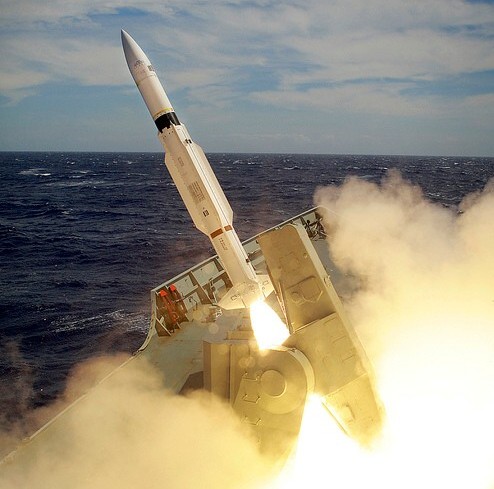 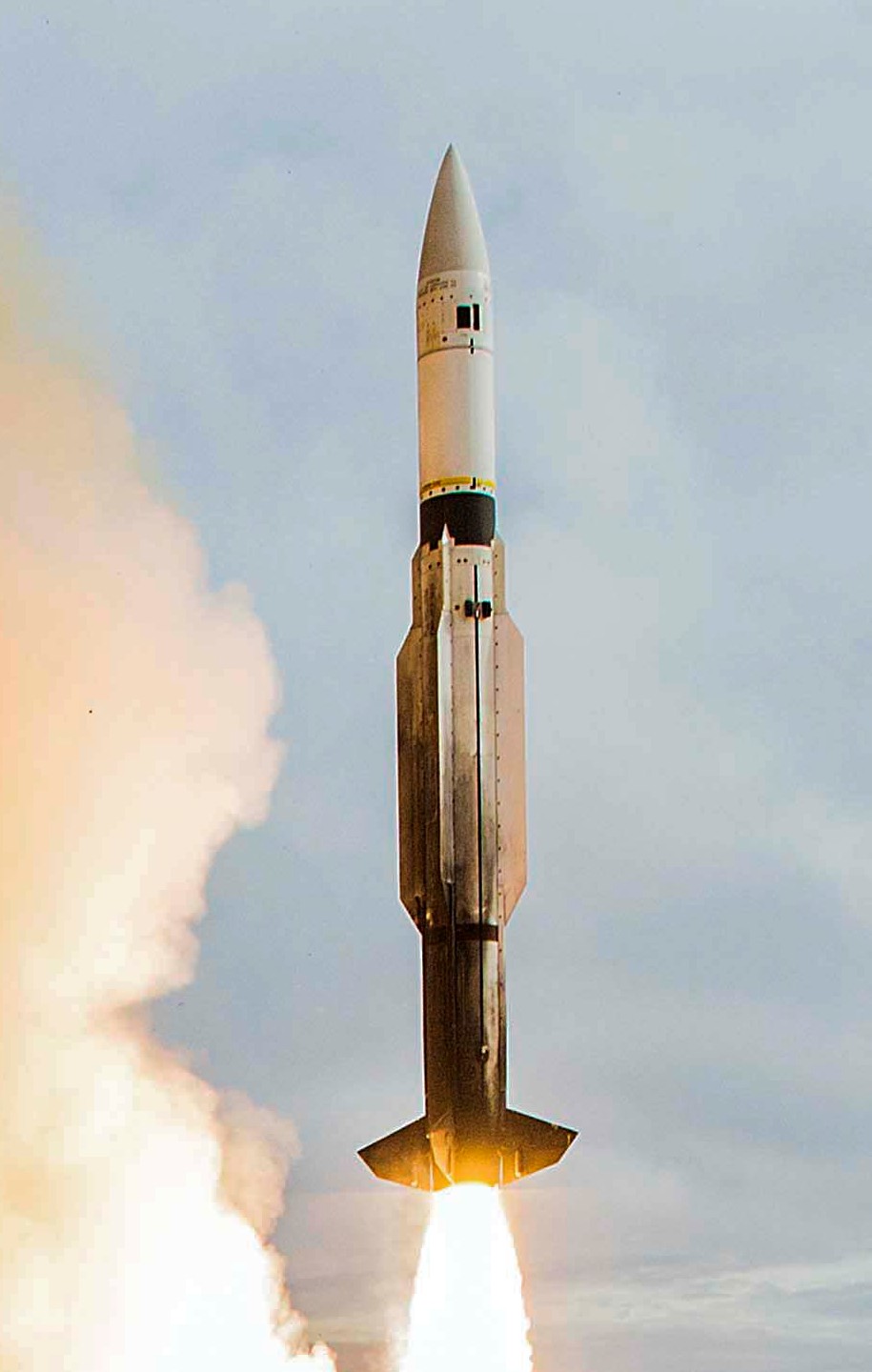 RIM-66 SM-2MR Standard Missile was launched from the forward Mk-41 VLS aboard USS Mustin (DDG 89) 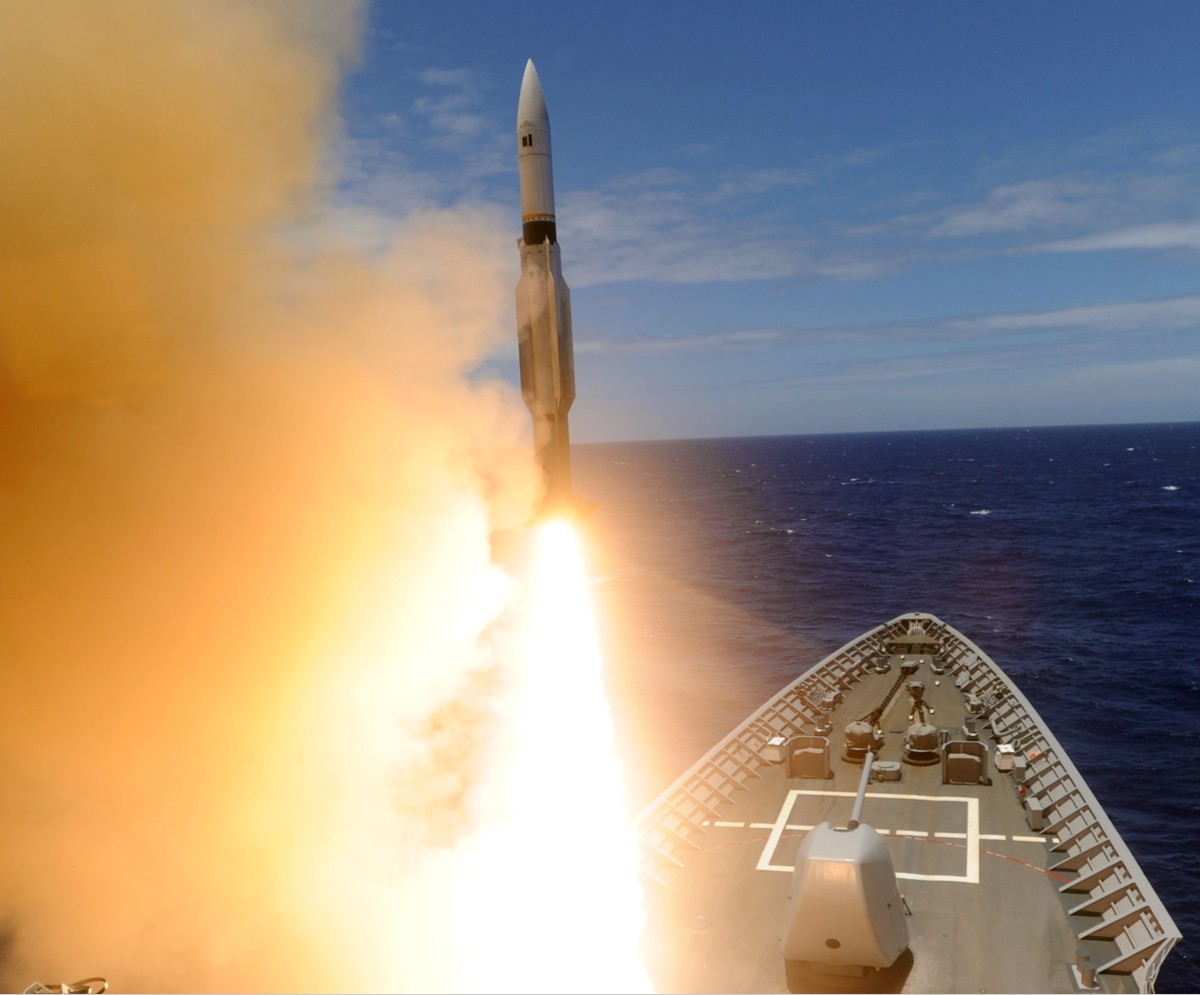 RIM-66 Standard Missile SM-2MR was launched from USS Lake Erie (CG 70) during RIMPAC 2012 exercise 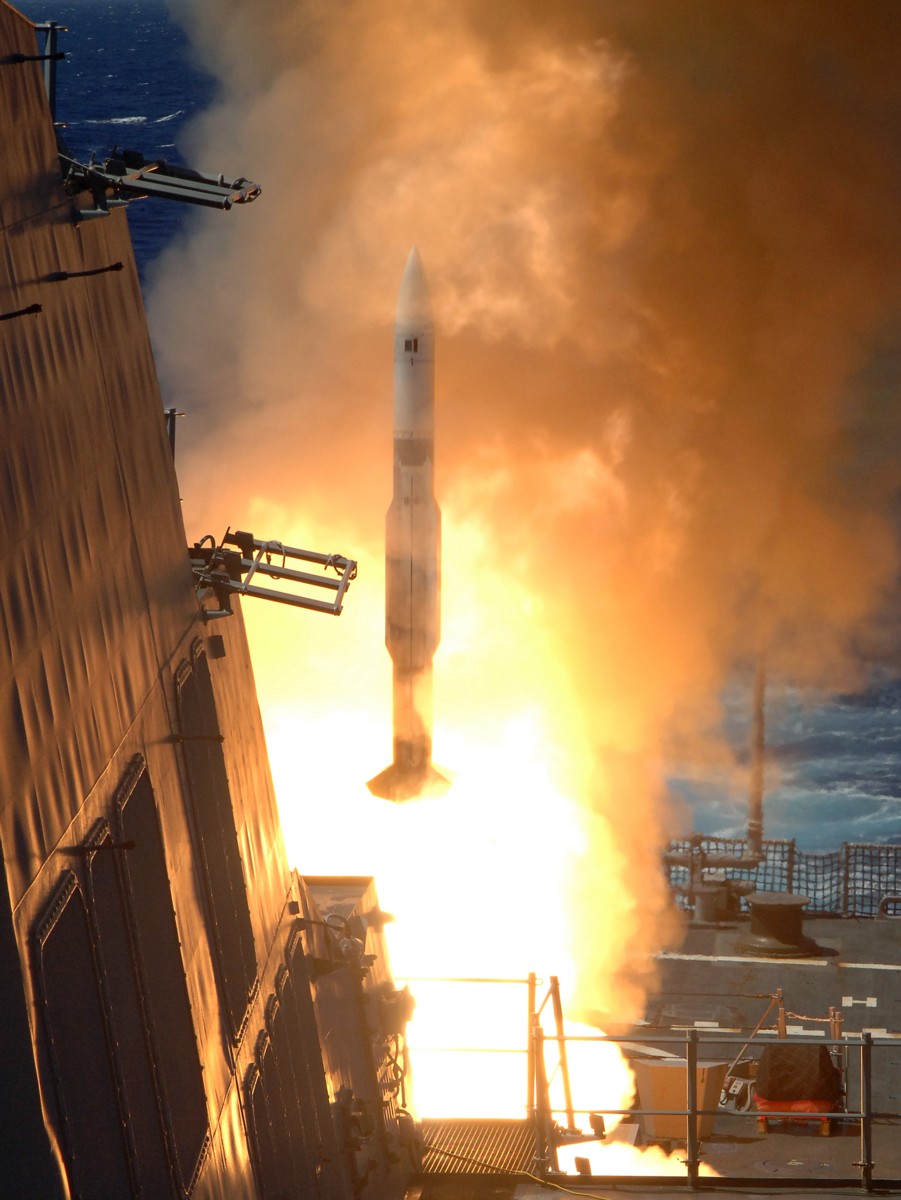 RIM-66 Standard Missile SM-2MR was launched from USS O’Kane (DDG 77) 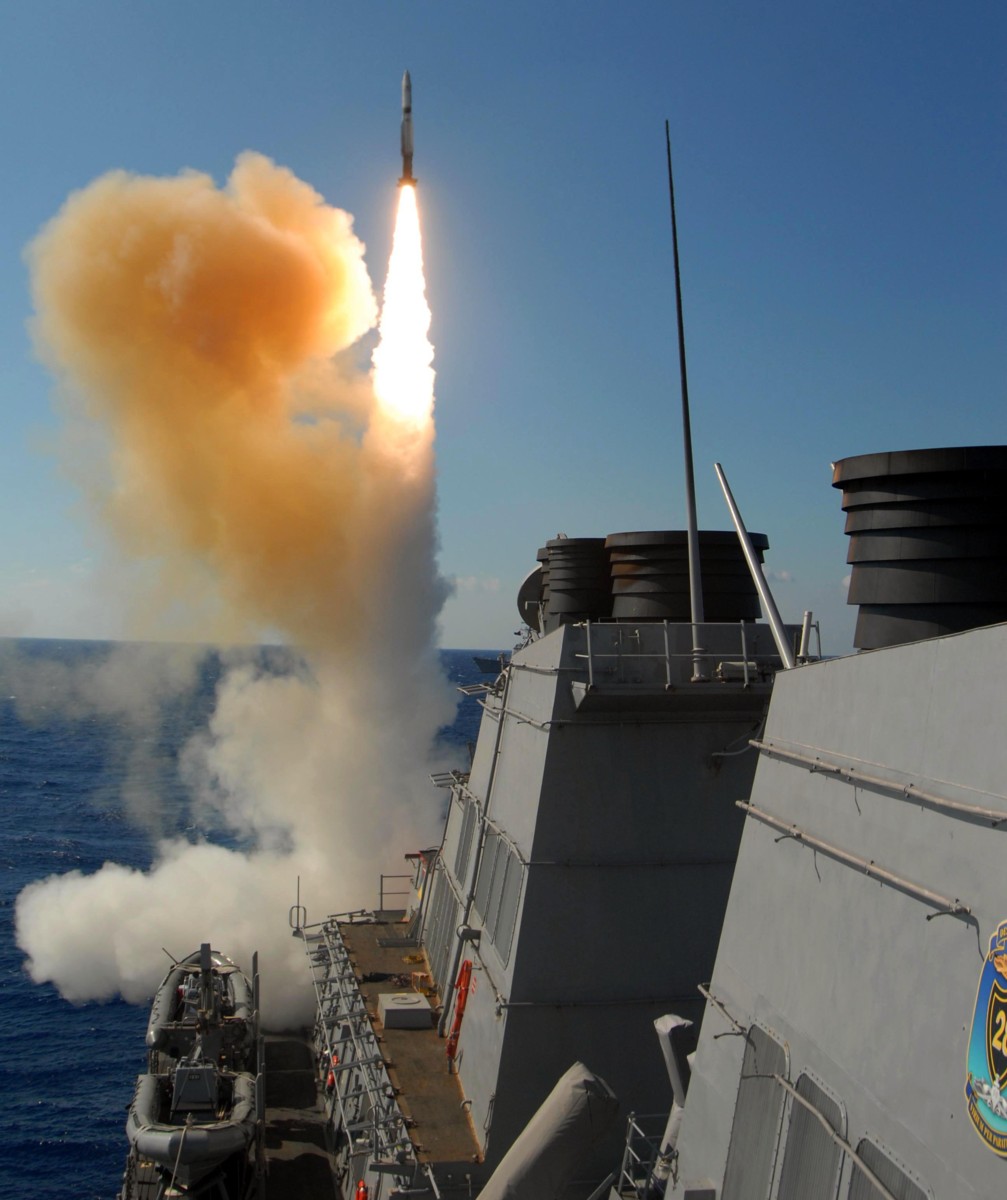 RIM-66 Standard Missile SM-2MR (Block III) was launched from USS Stout (DDG 55) 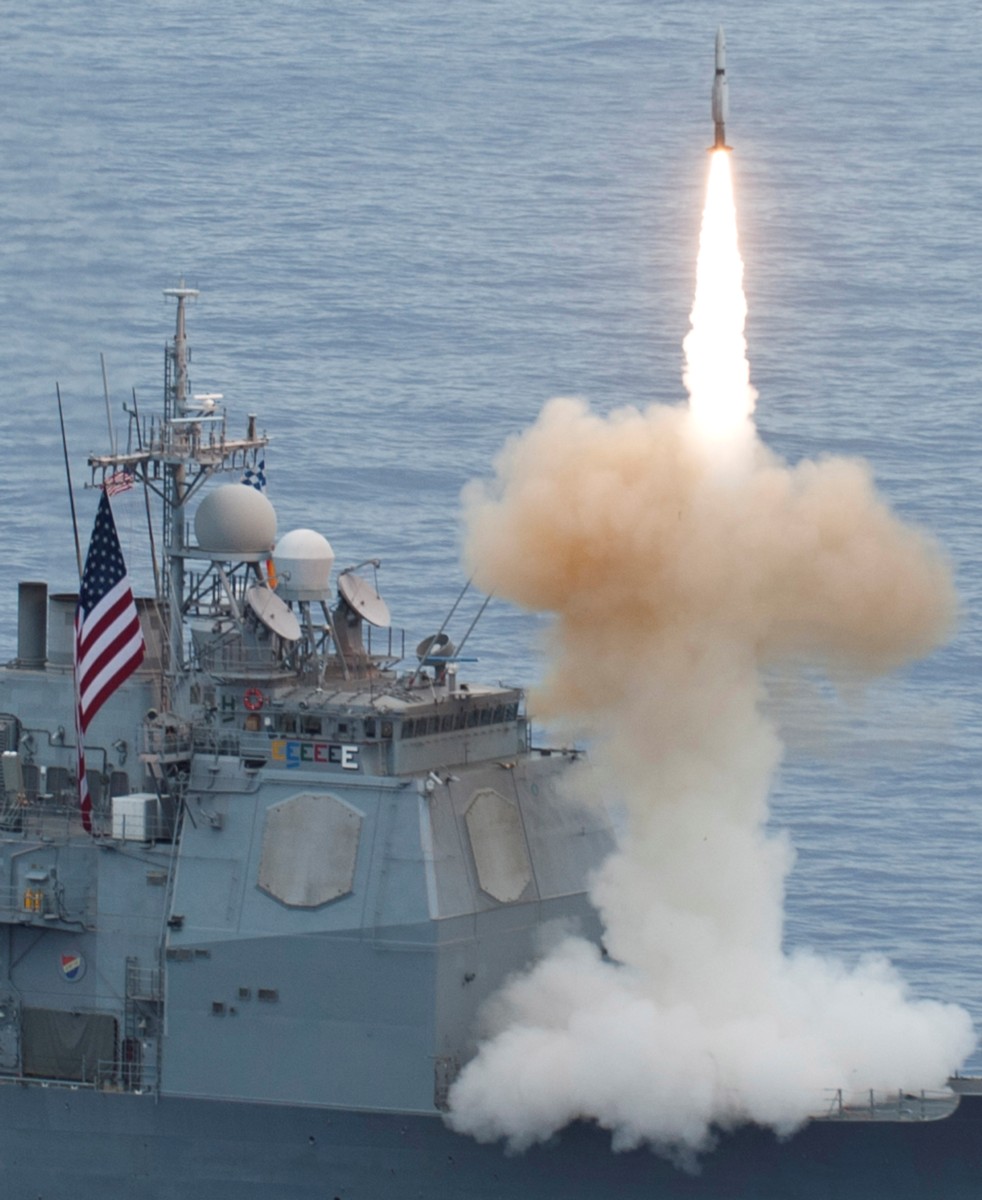 RIM-66 Standard Missile SM-2MR was fired from USS Cowpens (CG 63) - September 2012 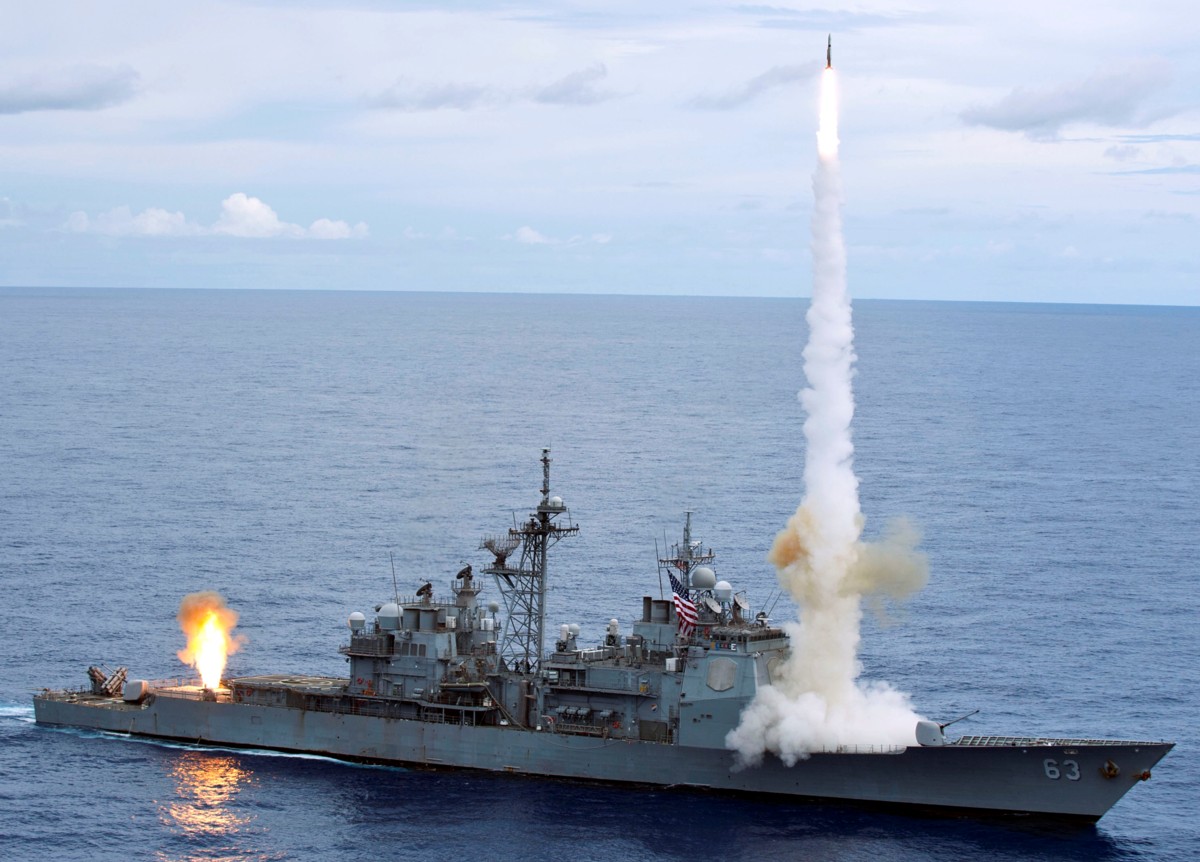 RIM-66 Standard Missiles SM-2MR were fired from USS Cowpens (CG 63) - September 2012 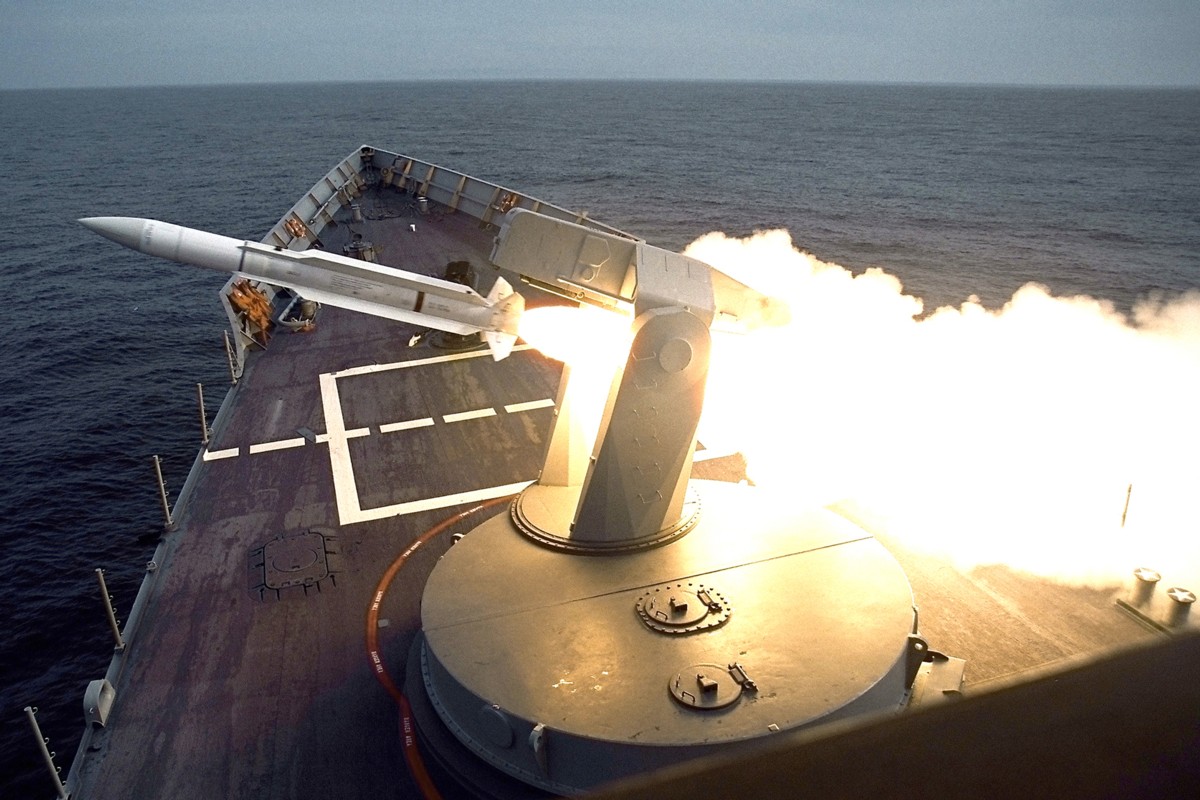 RIM-66 Standard Missile SM-1MR was launched from USS George Philip (FFG 12) from her Mk-13 missile launcher 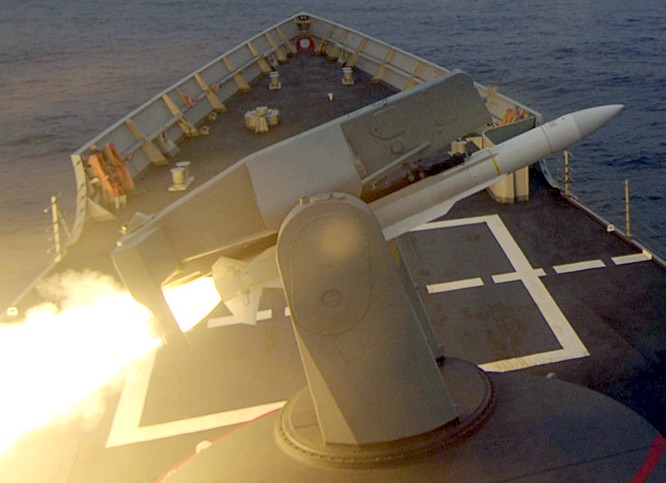 RIM-66 Standard Missile SM-1MR was launched from Spanish Navy Frigate SPS Canarias (F 86) 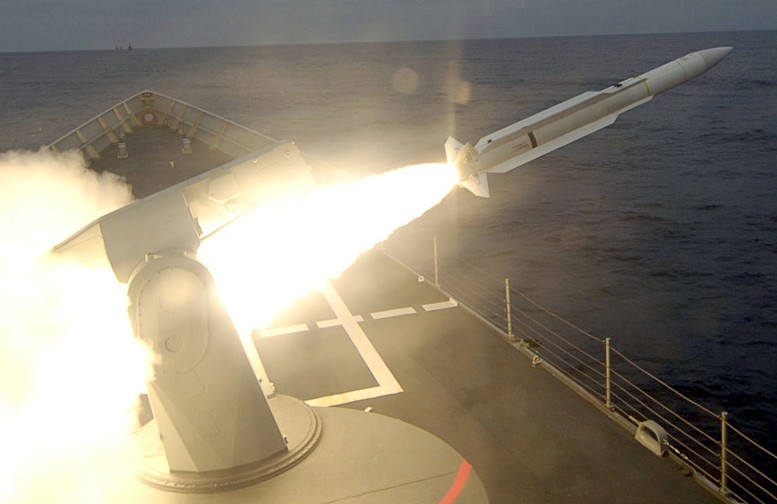 RIM-66 Standard Missile SM-1MR was launched from Spanish Navy Frigate SPS Canarias (F 86) 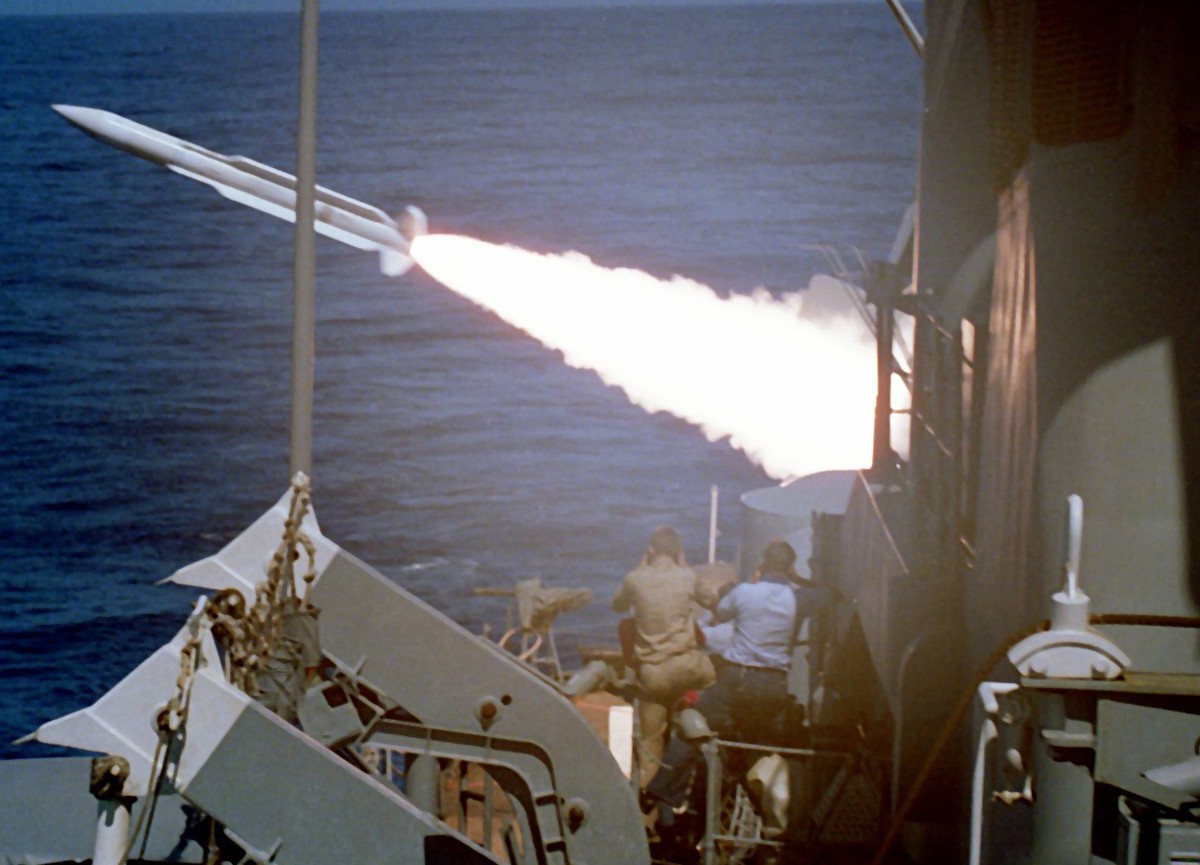 RIM-66 Standard Missile SM-1MR was fired by USS Goldsborough (DDG 20) from her Mk-13 launcher 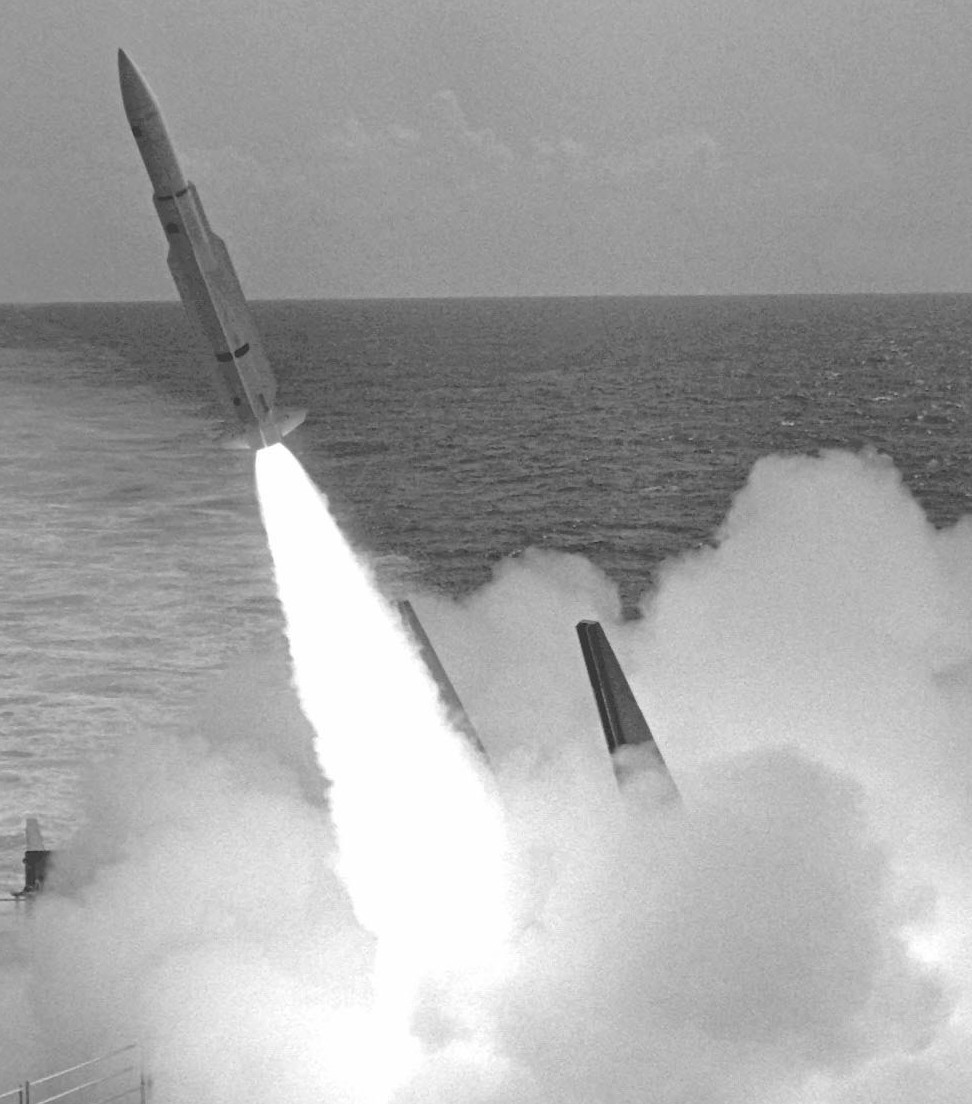 RIM-66 Standard Missile SM-1MR was fired by USS Ticonderoga (CG 47) 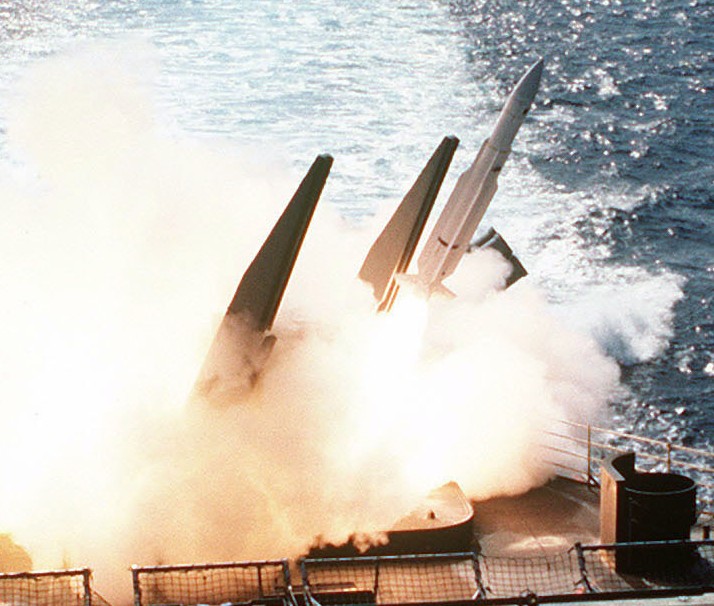 RIM-66 Standard Missile SM-1MR was fired by USS Ticonderoga (CG 47) 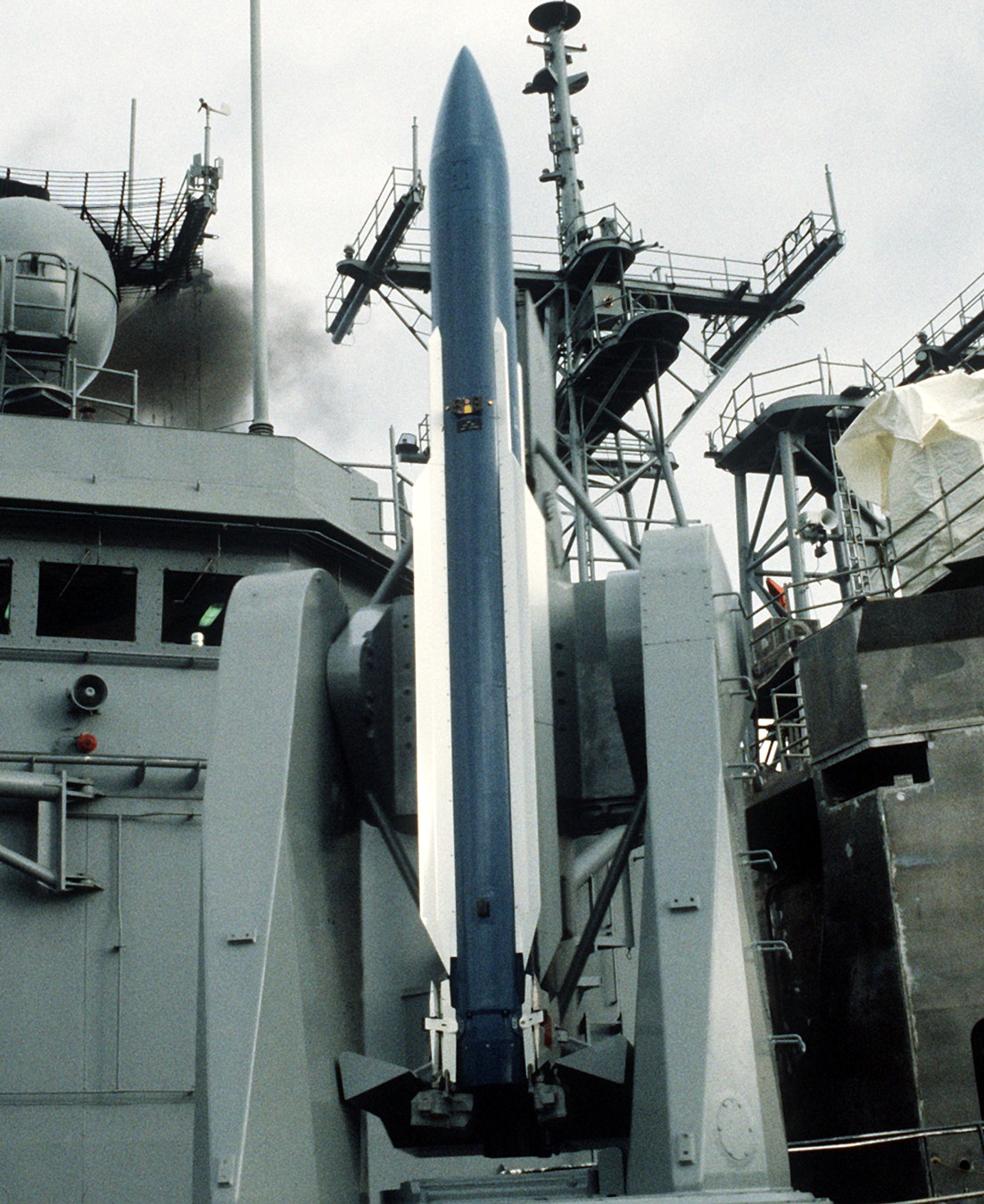 RIM-66 Standard Missile SM-1MR on a Mk-13 missile launcher aboard USS DeWert (FFG 45) 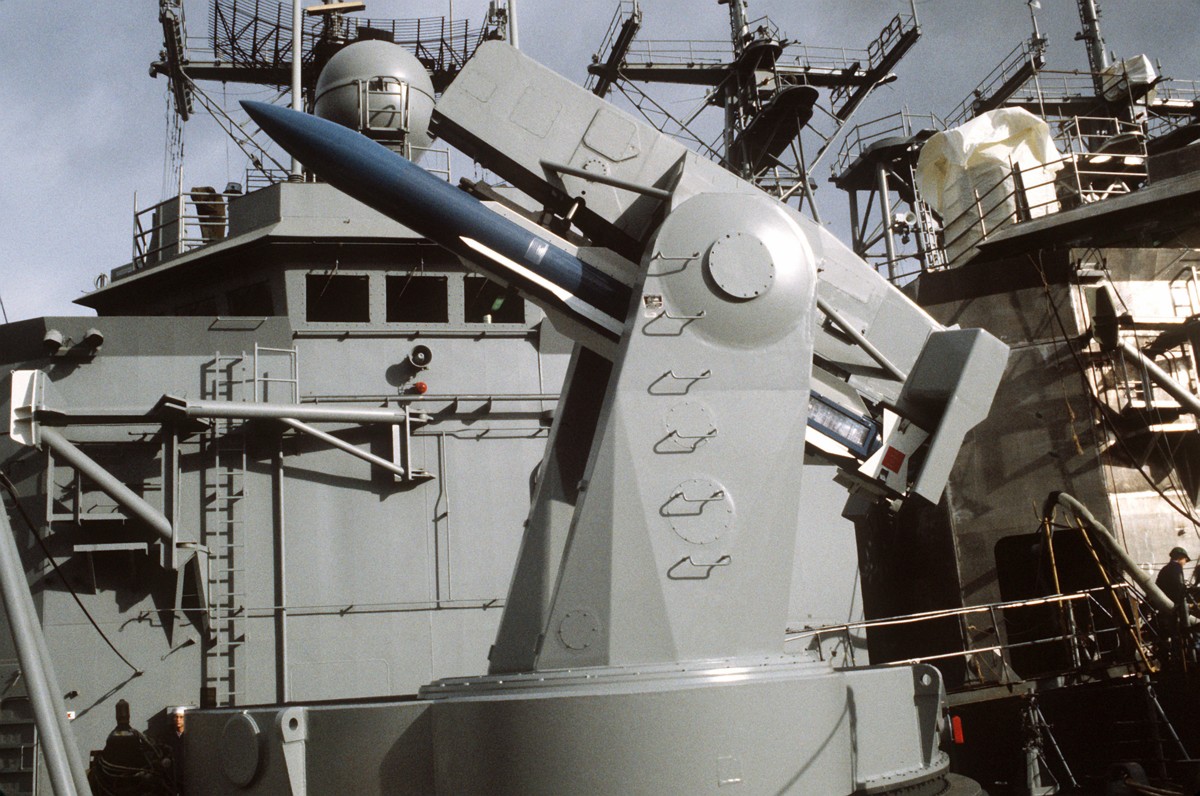 RIM-66 Standard Missile SM-1MR on a Mk-13 missile launcher aboard USS DeWert (FFG 45) 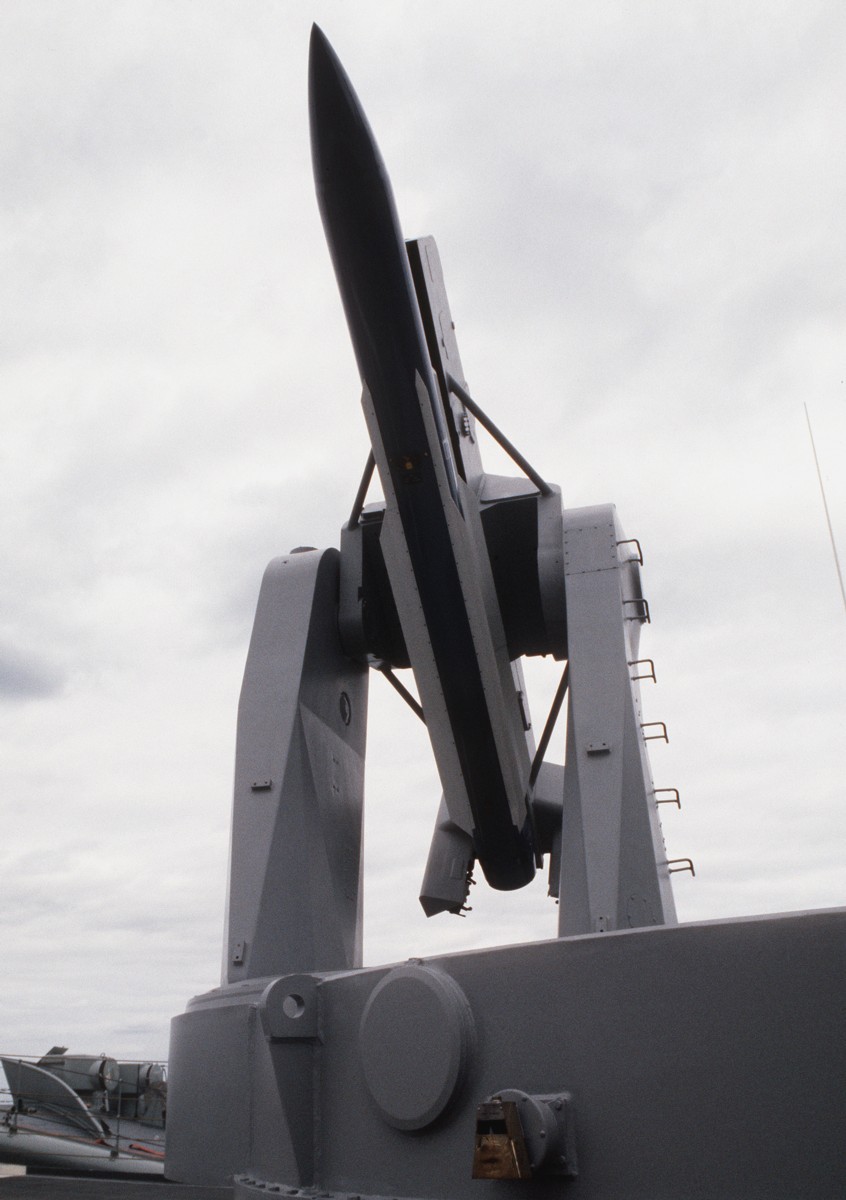 RIM-66 Standard Missile SM-1MR on a Mk-13 missile launcher aboard USS Copeland (FFG 25) 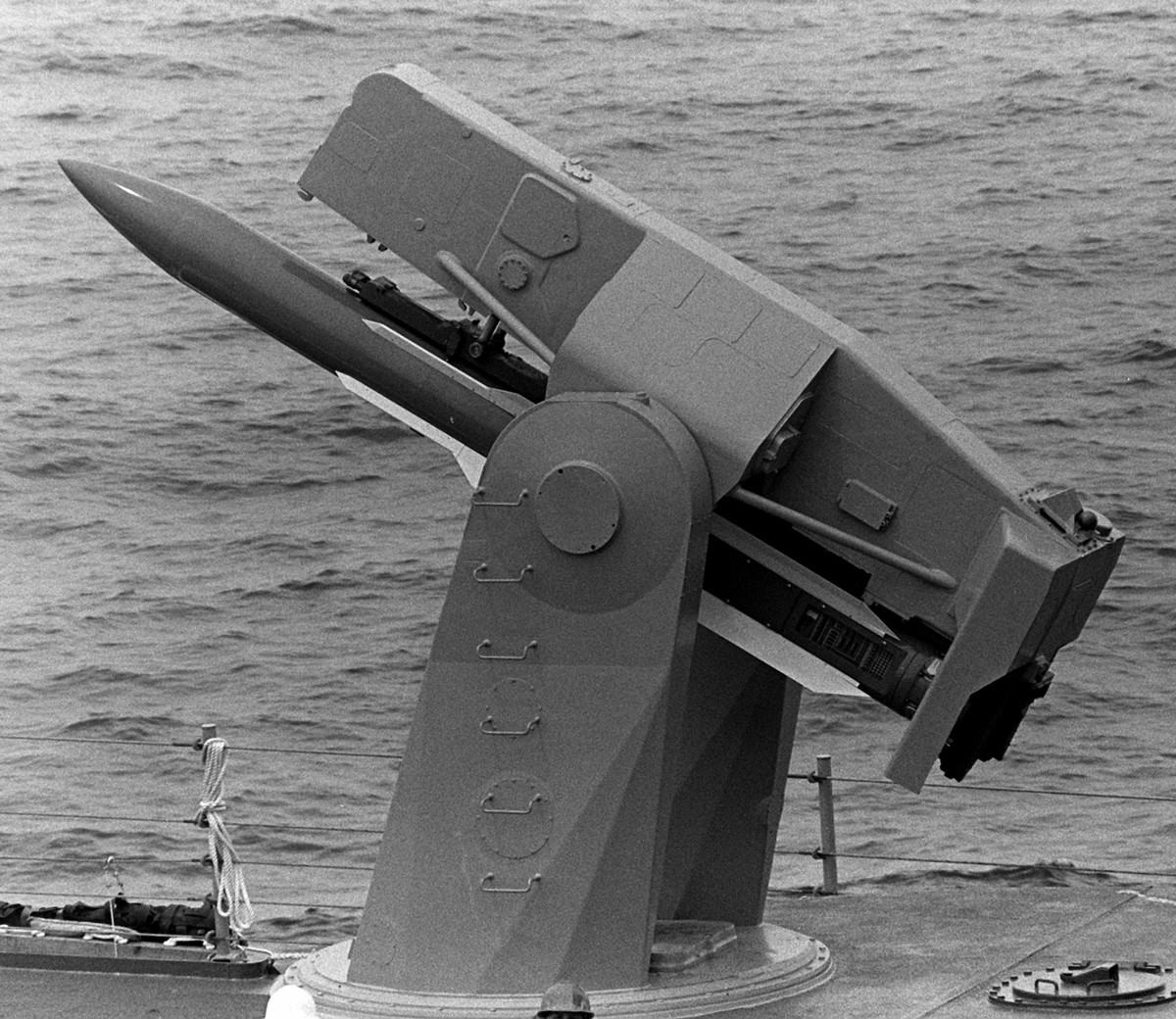 RIM-66 Standard Missile SM-1MR on a Mk-13 missile launcher aboard USS Flatley (FFG 21) 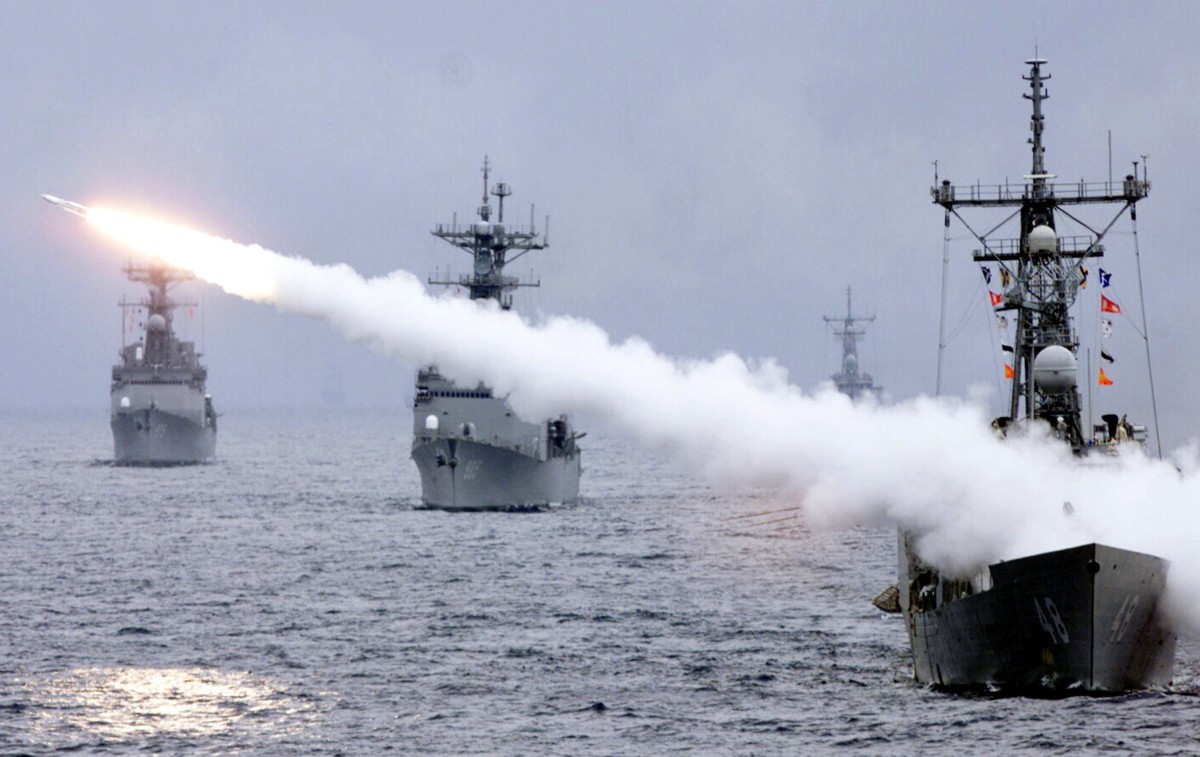 RIM-66 Standard Missile SM-1MR was fired by USS Vandegrift (FFG 48) |
|
|
seaforces.org
|
Weapon Systems
start page
| |
